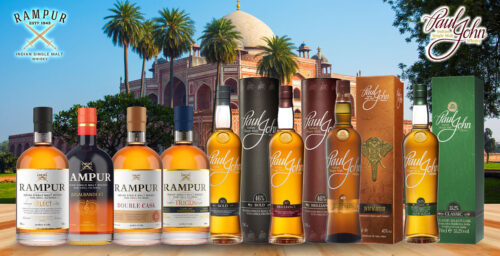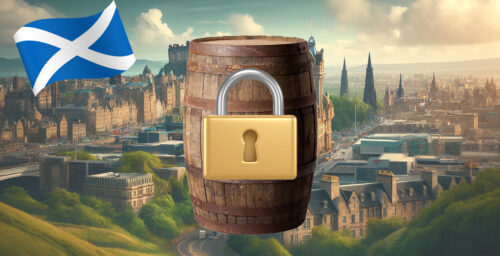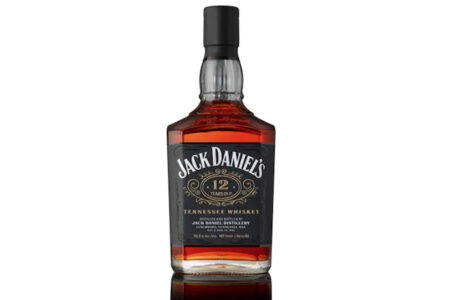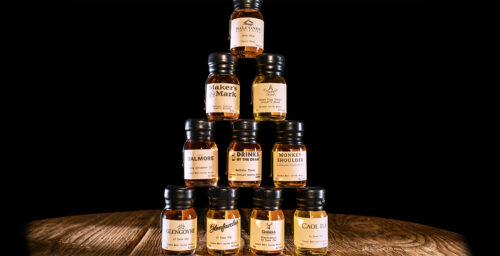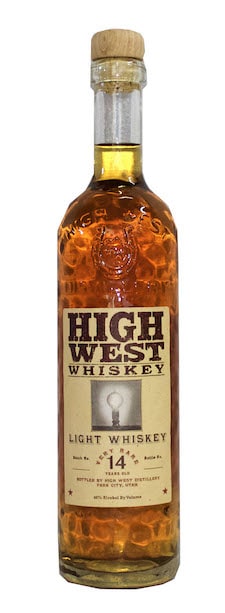
Nonetheless, it’s an important category, because 40 years ago, light whiskey saved bourbon.
In 1968, the American whiskey industry was in trouble. Consumers were increasingly moving away from traditional American styles like bourbon and rye in favor of imported whiskeys, as well as clear spirits like gin and vodka. On top of poor sales, distillers had begun to side-eye their Scottish, Irish, and Canadian colleagues, noting that in those countries, whiskey was distilled to a higher proof, meaning production was cheaper. They also noticed that while they were required to use brand-new barrels, foreign distillers were making do with used cooperage. That most American complaint was raised: overregulation was stifling their ability to compete on the free market!
Distillers proposed that restrictions on proof of distillation, entry proof, and barrel type be eliminated for bourbon and other American whiskeys. Lifting those restrictions, the reasoning went, would both lower production costs and allow them to offer a product closer to the imported whiskeys making up a growing share of the market.
Fortunately, the TTB recognized that easing regulations around American whiskey production would have rendered labels like “straight bourbon” meaningless. The reason bourbon tastes like bourbon, they explained in an industry circular, is because it’s distilled at a relatively low proof and then aged in new barrels. That means that when it goes into a barrel, it already contains relatively high levels of aromatic congeners. The use of new barrels, in turn, means more chemical reactions take place between the wood and the maturing whiskey. Or, to put it more plainly, American whiskey isn’t Scotch, and it shouldn’t be made like Scotch.
Rather than diluting the meaning of existing categories, the light whiskey category was created. It was hoped that consumers would gravitate toward a lighter-tasting version of whiskey, just as they’d gravitated toward gin and vodka.
If the preservation of traditional whiskey styles was prescient on the TTB’s part, the whole-cloth invention of a new kind of booze was not. Light whiskey was expected to make up 10% of the spirits market within 10 years, which, of course, didn’t happen. These days, only a handful of light whiskeys are still on the market. Some, like Sinfully Thinn, which is supposedly vacuum-distilled, occupy the same gimmicky space as expressions like Gold Bar. Others, like High West 14 Year Old Light Whiskey, serve as a history lesson in a bottle.
Whether or not you ever actually try it, the next time you reach for a bottle of Knob Creek, remember to give thanks to the government wonks who invented this obscure classification.

